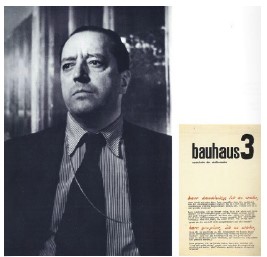bau 3
1/7
There's no tags or description
Looks like no tags are added yet.
Name | Mastery | Learn | Test | Matching | Spaced |
|---|
No study sessions yet.
8 Terms
Bauhaus Headquarters
The building serves as a physical representation of the Bauhaus movement's ideology, featuring functional cores like dormitories, classrooms, a food hall/theatre, offices, and a bridge, uniting technical and artistic schools into a single complex.
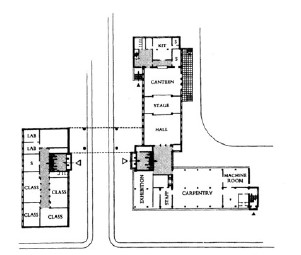
Transposition of Activities
The open/centripetal form of the Bauhaus building without centrality reflects the organization of activities within the complex.
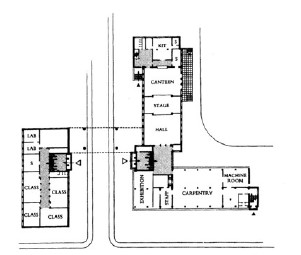
Curtain Wall Facade
The Bauhaus building's facade is characterized by a curtain wall that contrasts with the concrete elements, emphasizing transparency and modernity.
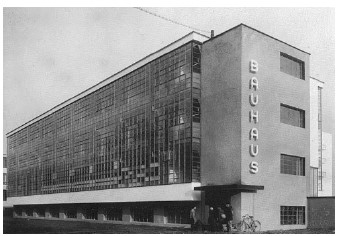
Triadic Ballet
Oskar Schlemmer's 1927 performance reflects a non-balancing movement and space, emphasizing the theme of modernizing traditional practices through new costumes and scenography.
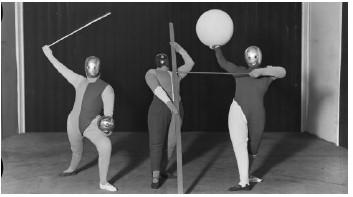
Dessau Törten
An architecture project focusing on prefabricated elements to create a worker neighborhood with communal spaces, showcasing the synthesis of industrial production and architectural design.
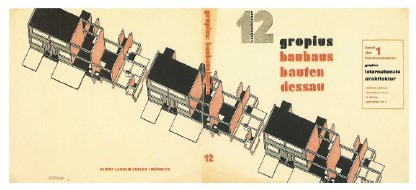
Bauhaus of Meyer
After Gropius, Hannes Meyer becomes the head of the Bauhaus, emphasizing social housing and a shift towards architectural protagonism, as seen in projects like the School of the General German Trade Union Federation in Bernau.
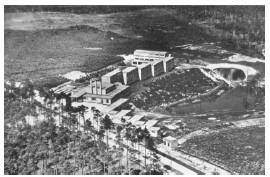
Ludwig Hilberseimer
A radical architect associated with the Bauhaus, known for his criticism of capitalism and his designs focusing on creating liveable spaces through prefabrication and standardization.
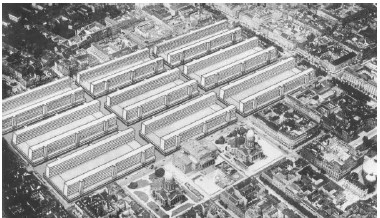
Mies van der Rohe
The final leader of the Bauhaus, Mies van der Rohe, who transitioned the movement into its last phase, emphasizing architectural education and facing challenges during the Nazi regime in Germany.
Migrates to America and other academics similarly migrate abroad, spreading the influence of Bauhaus.
